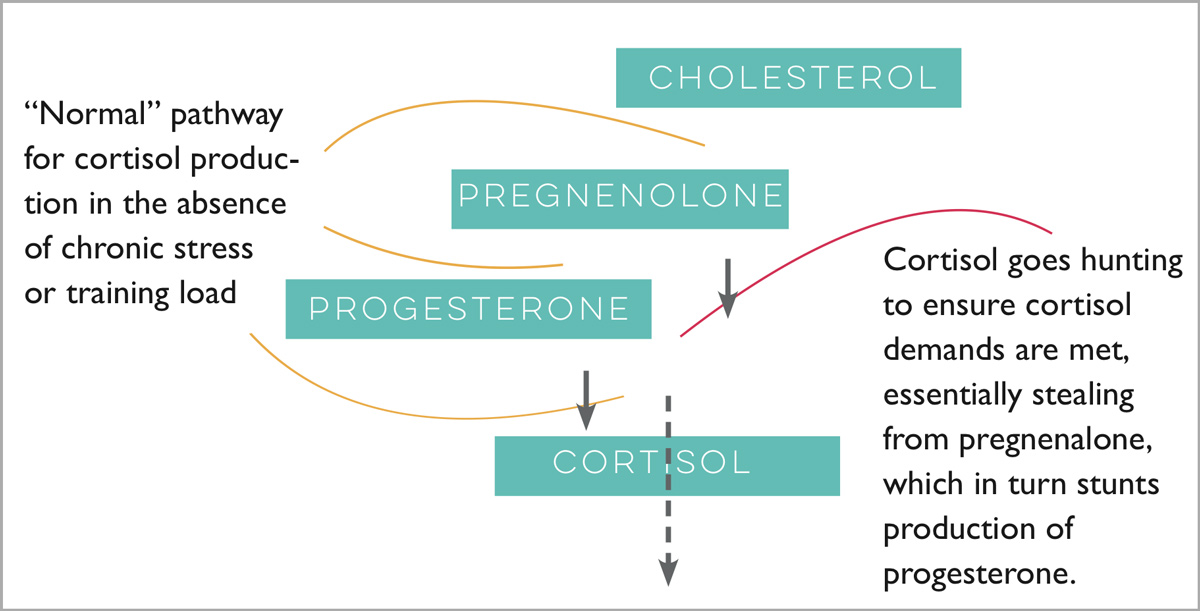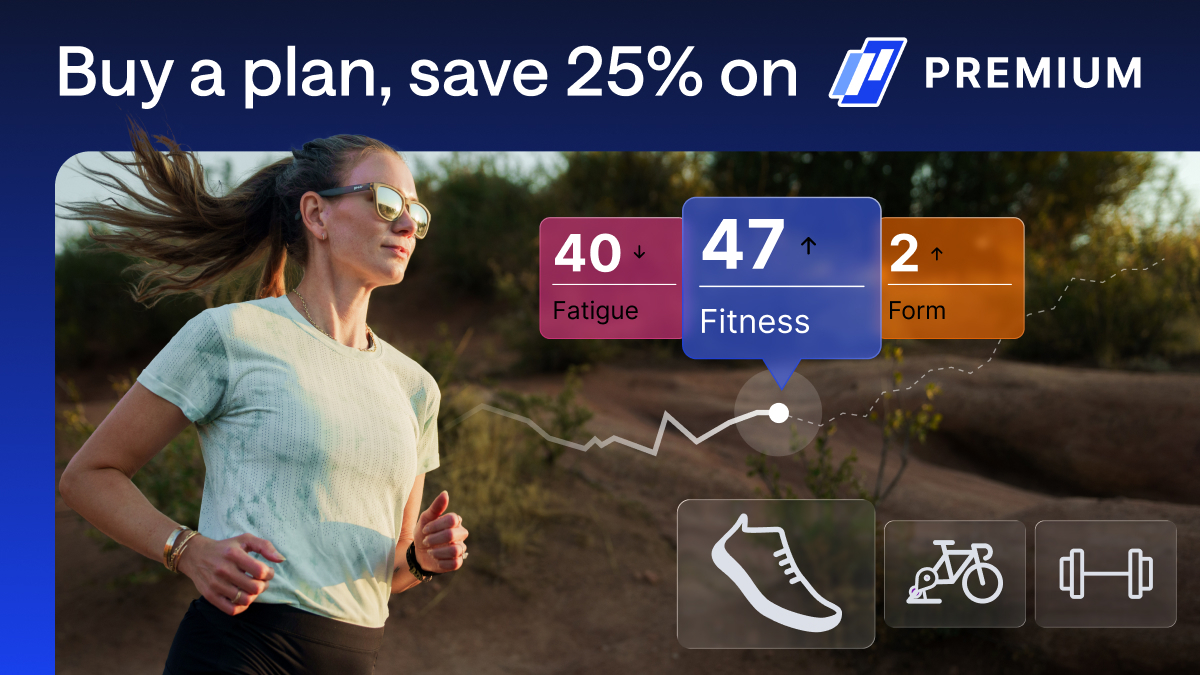There are two conversations that commonly occur for me as a coach with female athletes in particular. The first is one I have with an experienced athlete who is feeling “flat” and is constantly looking for caffeine and sugar pick me ups. They feel they have reached a plateau in their training and racing. The other is with an experienced athlete who had solid training for their events and had a slightly irregular menstrual cycle during their training. After 8 months of not racing, they have been trying conceive their our first child, with little success and lots of disappointment. They are struggling to understand why this occurred as a seemingly healthy athlete.
As you can imagine, for both scenarios described these athletes would be feeling downright depressed and frustrated. Taking your hormones into account is crucial for longevity in your chosen sport, fertility, immunity, overall health and well being and of course, performance. At first glance you might think that this only applies to female athletes, however male athletes can be impacted in the same way– though their symptoms show up differently and often go unrecognised1.
The Endocrine System
Our endocrine system involves a number of glands (Figure 1) and is responsible for maintaining homeostasis in the body. I want to pay particular attention to your adrenal gland. Understanding the seemingly automatic functions of these glands can help us to recognise discord and imbalance before it becomes a major issue. As athletes, we put greater demands on our body than our more sedentary counterparts, These demands are felt particularly in the adrenal gland and subsequently our sex hormones, oestrogen, testosterone, and progesterone are thrown off kilter.

Hormone Response to Training
Cortisol is a wonderful hormone produced in the adrenal glands. It can build you up or be the reason why you come crashing down at speed. When you experience stress (whether perceived, actual, physical or mental) hormone changes occur. When your stress raises there are changes in Cortisol, DHEA, and testosterone. When your stress lowers changes occur in your thyroid hormones, oestrogen, progesterone, growth hormone, and melatonin2.
Your training sessions will produce a certain amount of cortisol. This will differ on your current state of health, how hard the training session is, and rest intervals3. This release of cortisol enables you to push through your training sessions and achieve desired intensity or volume.
However, when an athlete abuses cortisol by over-training or using a poorly planned program, cortisol is produced in excess. Eventually, the endocrine system is signalled to start finding other sources of Cortisol from other hormones in order to keep up with the demands.
The endocrine system goes through a process called Pregnenalone steal to keep producing cortisol. Figure 2 below is a snapshot of the hormone pathway involved between Cortisol, Pregnenalone and the causal effect on Progesterone:

As a result, an athlete depleted of Cortisol, or with cortisol resistance, and low progesterone is left with feelings of anxiety and poor moods, they are more susceptible to pre-menstrual syndrome, likely to experience irregular periods, decreased fertility, poor sleep, less adaptation, and muscular development.
How to Prevent and Heal
Your holistic practitioner can assist in prescribing a personalised protocol for supplementation, nutritional and lifestyle changes. To assist in prevention and healing from hormone imbalance or cortisol depletion (burn out) there are a number of training protocols you can put in place.
1. Adjust Your Training Program
Regardless of your cycle length, we all experience fluctuating hormone levels throughout the month. These different levels mean there are optimal times for training and performance gains, and times when the body will struggle to cope and adapt. Time to embrace your hormones!
Here are some pointers to get you started:
- Program your recovery week 4 days out from when you are due for your period and continue into day 2 or 3 of your period depending on your symptoms.
- Allow a rest or recovery session around ovulation, as many women experience exacerbated fatigue at this time
- Between days 8 and 12 (or a ~4 days prior to ovulation if you have an irregular cycle) is when you can utilise your hormones to your advantage with intensity sessions or some higher volume.
- Likewise, between day 16 (or post ovulation if your cycle is irregular) and ~24 is a great time to program your key sessions.
2. Favor Testosterone
As mentioned previously, the duration, intensity, type and rest interval from a training session will dictate the level of cortisol produced. By enhancing the level of testosterone produced in a training session, we achieve a ratio of cortisol/testosterone that is more favourable, allowing for muscular development, adaptation and lowered cortisol response from the adrenal glands3.
To achieve this you can apply protocols to your training sessions, for example;
- Ensure appropriate warm up and cool down to gradually reduce heart rate and lessen the cortisol response from your main set or intervals
- Include weights training into your program, specifically with mid to low rep ranges and rest periods of 60 to 90 seconds
- Include speed intervals in multiple sessions per week, with 60 to 90 seconds recovery
3. Manage Cortisol
- Get to know and love this yoga pose: “Legs up the Wall”. A powerful and restorative pose, it helps slow down your heart rate, lessening the pressure on your heart to pump blood to the lower extremities. This pose also helps cortisol move through the body.
- Learn and understand the difference between slowing down and calming down with meditation. You can calm down your central nervous system while going about your busy, fun-filled, productive life. Meditation will assist in lowering cortisol levels, but also enable you to be a far greater athlete with the ability to focus and work through pain.
- Schedule yoga into your weekly program. Not only will it help you manage Cortisol levels but it works to strengthen your core, keep you mobile and injury free.
- Utilise heart rate training. There is a vast difference between perceived effort and actual effort for a lot of athletes, it takes time in the sport and a stack of intuition to get this right. Utilising heart rate training to avoid training in the “grey zone” (not hard enough for speed development, yet not easy enough to build strength and endurance) is an effective way to manage the cortisol response from training, and improve your performance.
Remember that this is a highly individual and complex topic. With minimal scientific research conducted due to the varying nature of the female reproductive health factors, I encourage athletes to seek the assistance of a holistic practitioner, such as a Naturopath or Biomedical doctor to have their salivary cortisol and sex hormone levels tested.
References
- Hackney, A.C. (2001, March). Endurance Exercise Training And Reproductive Endocrine Dysfunction In Men: Alterations In The Hypothalamic-Pituitary-Testicular Axis. Retrieved from https://pubmed.ncbi.nlm.nih.gov/11254889/
- Gottfried, S. (2013). The Hormone Cure. New York, NY: Scribner.
- Urhausen, A. et al. (1995, October). Blood Hormones As Markers Of Training Stress And Overtraining. Retrieved from https://pubmed.ncbi.nlm.nih.gov/8584849/




